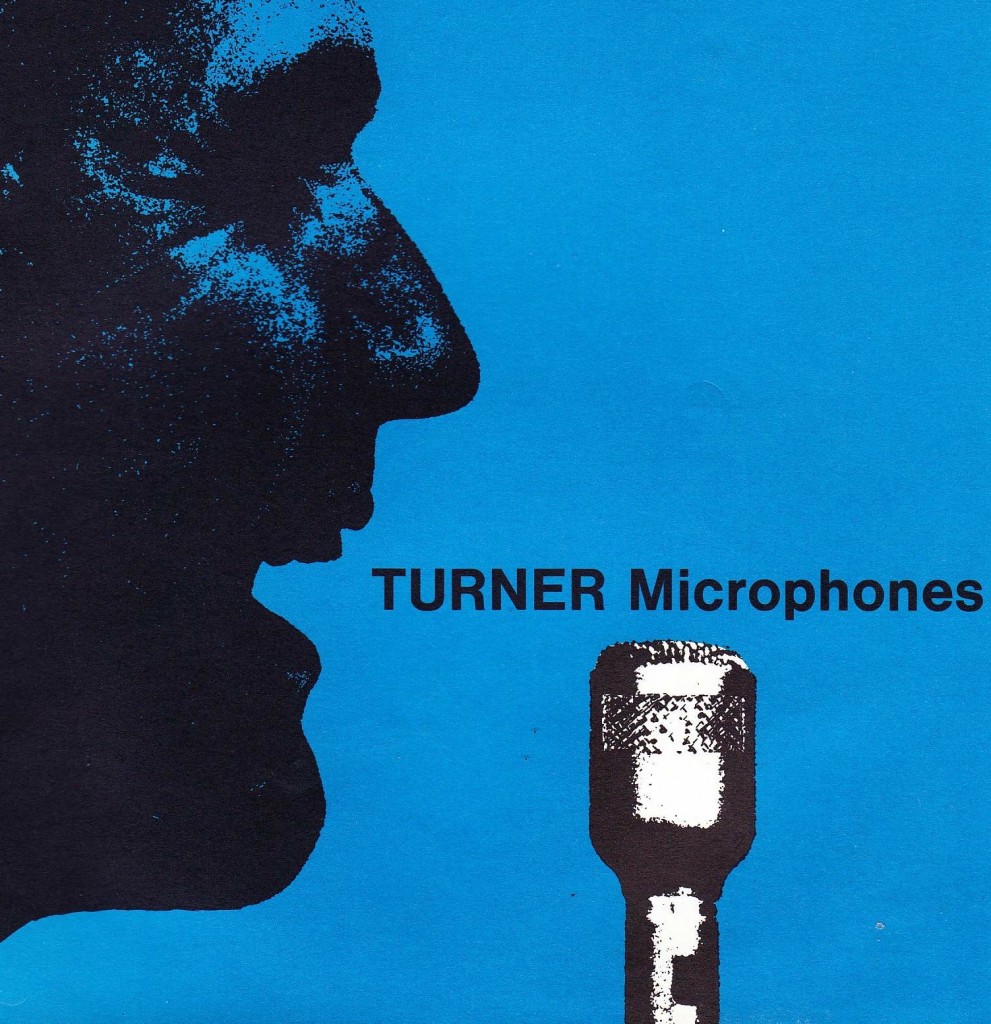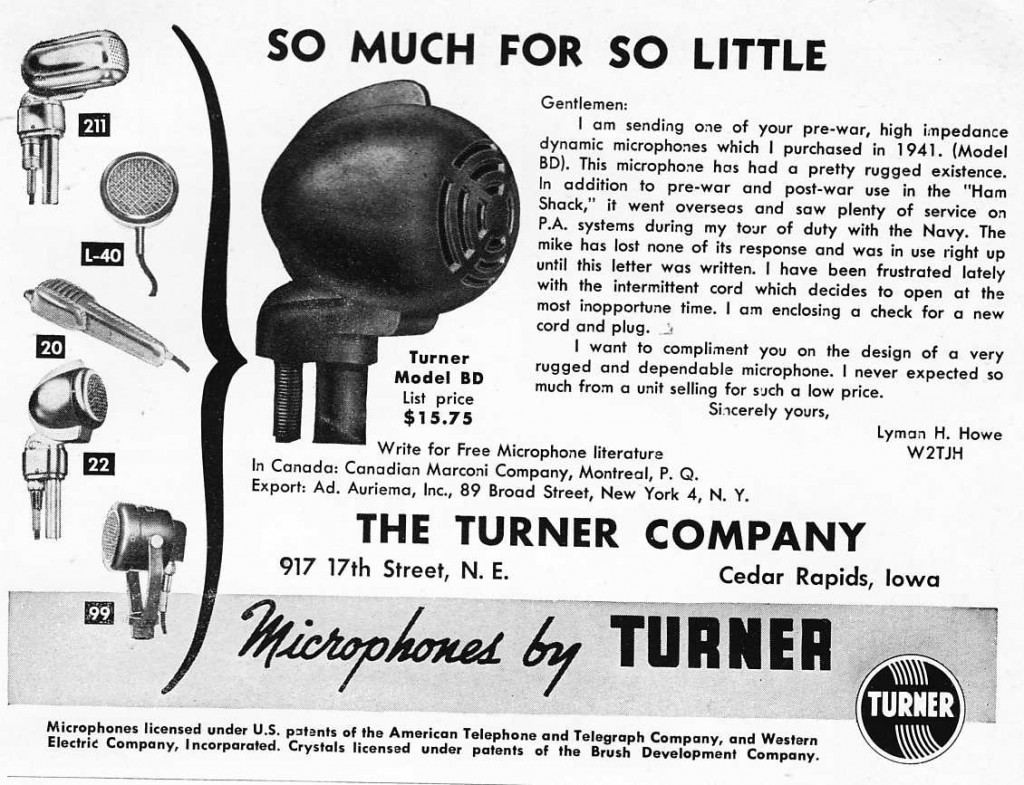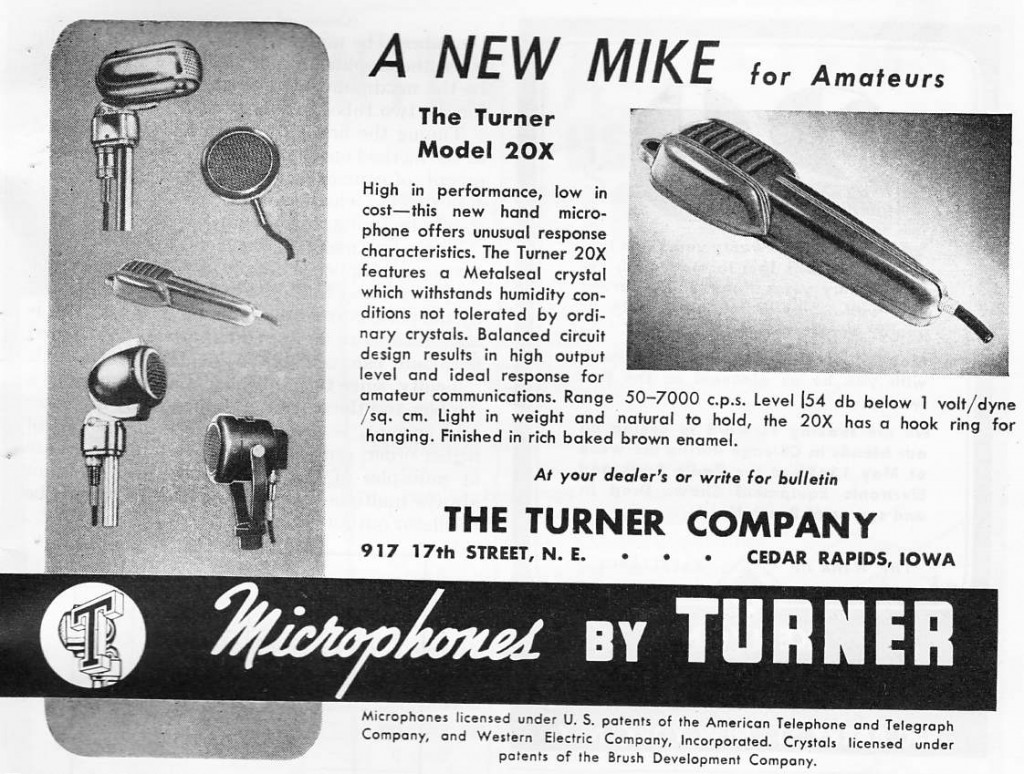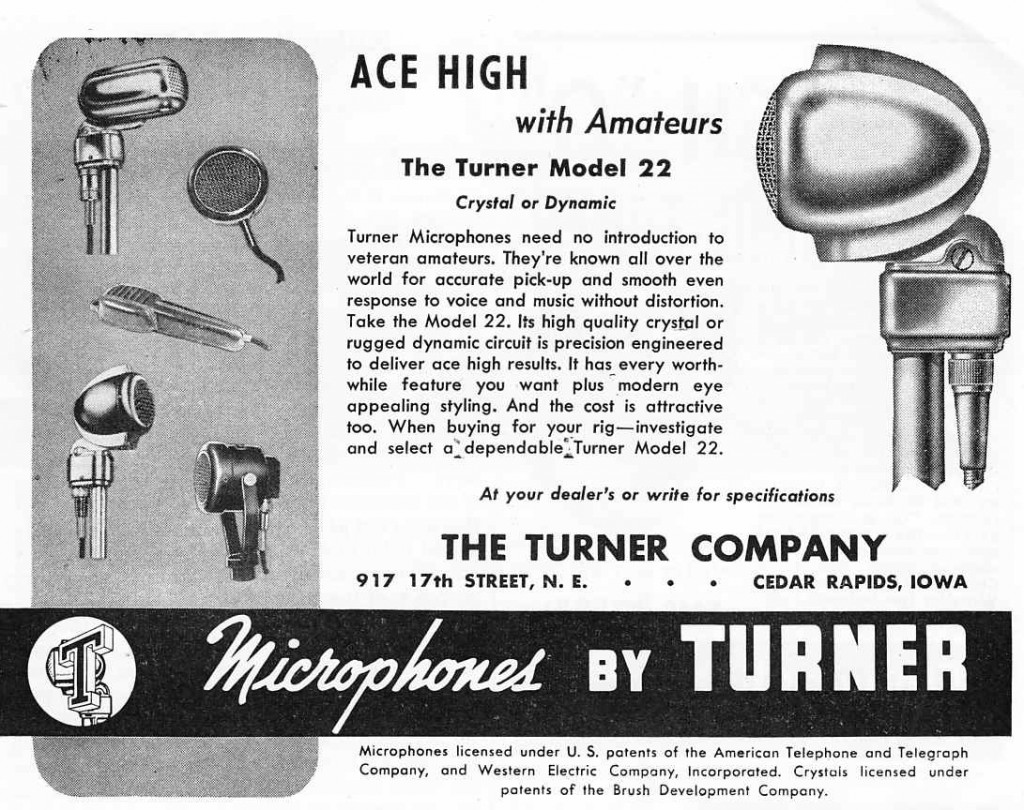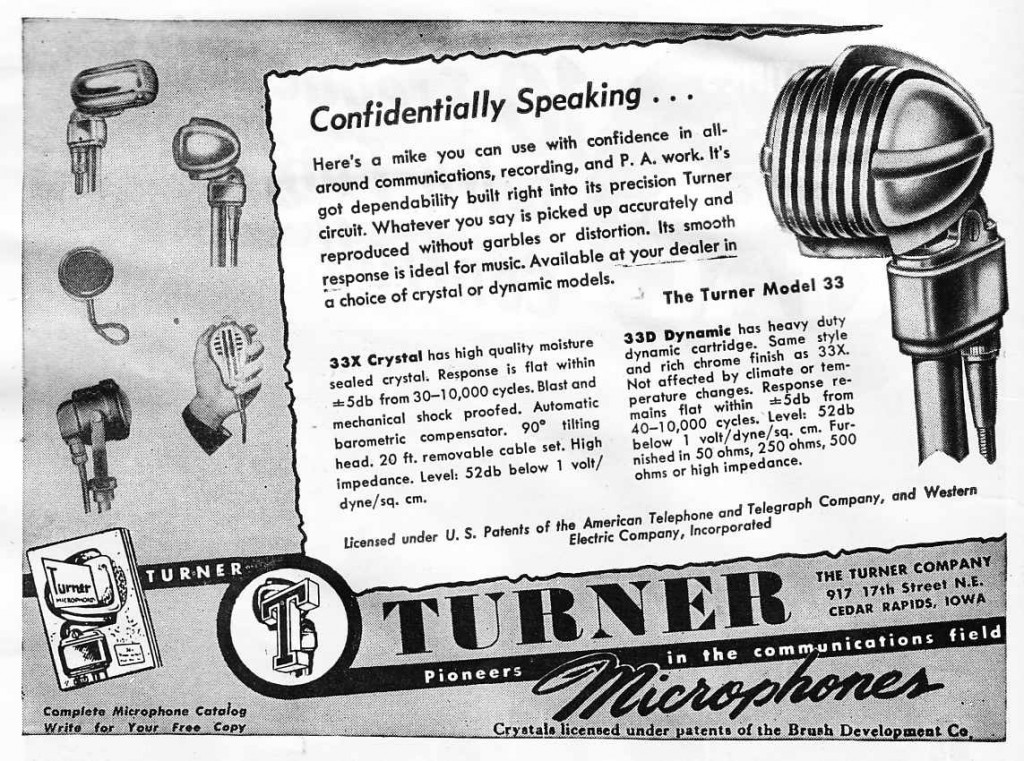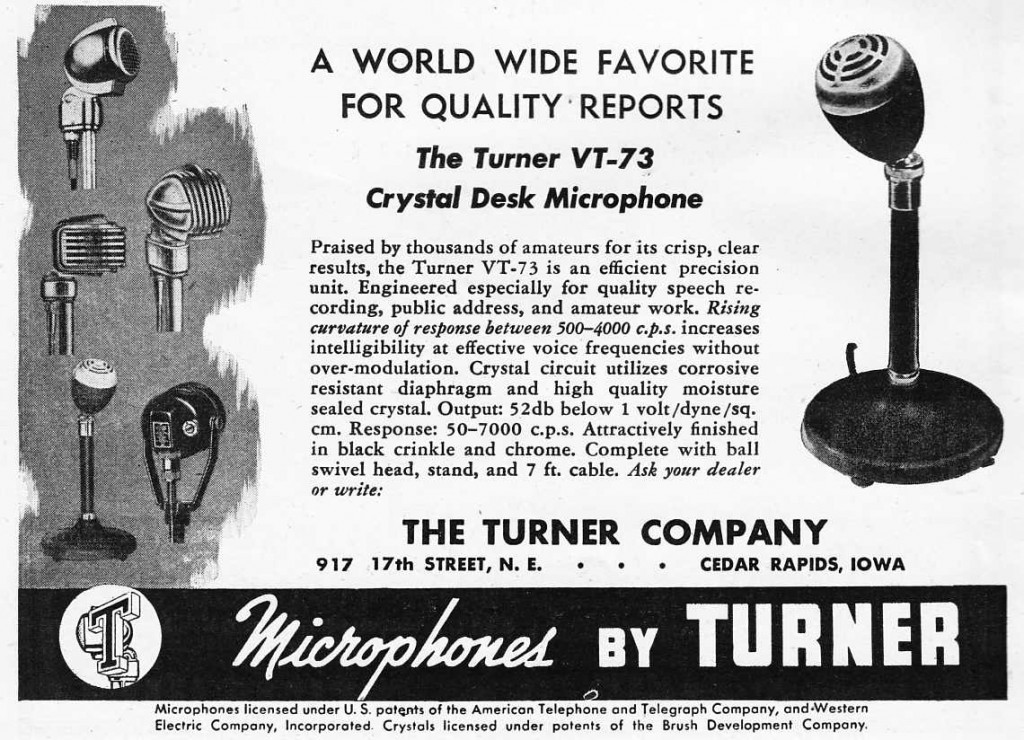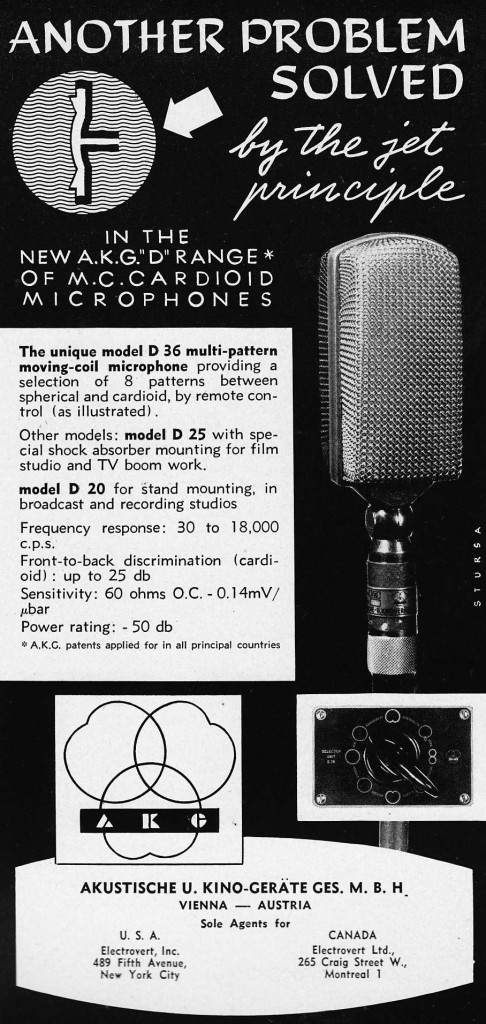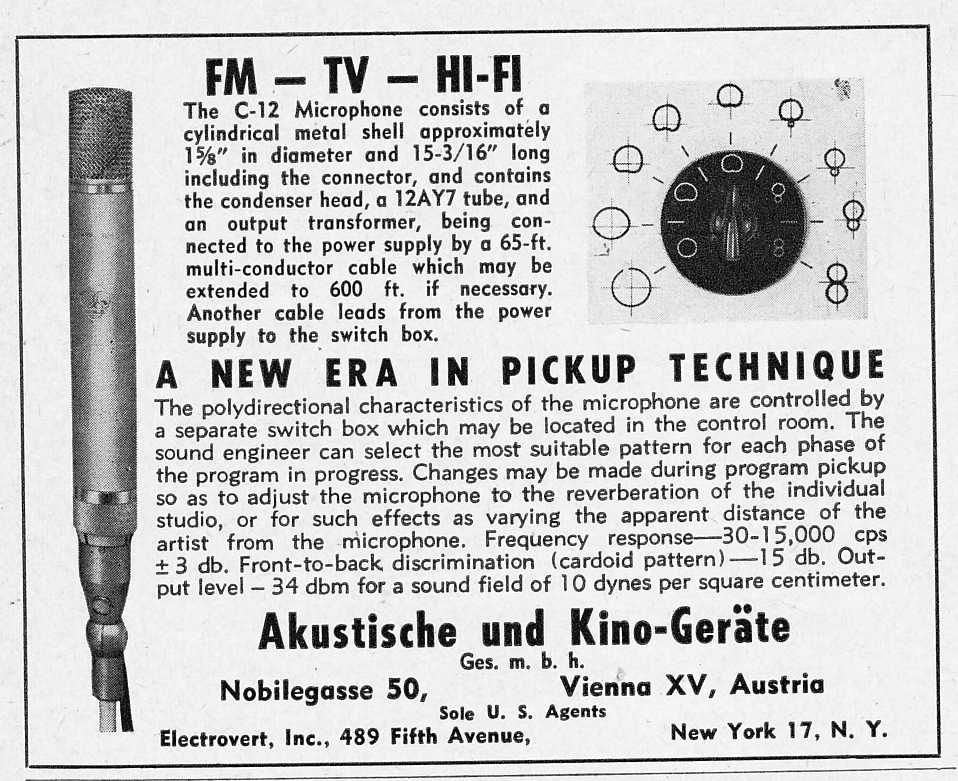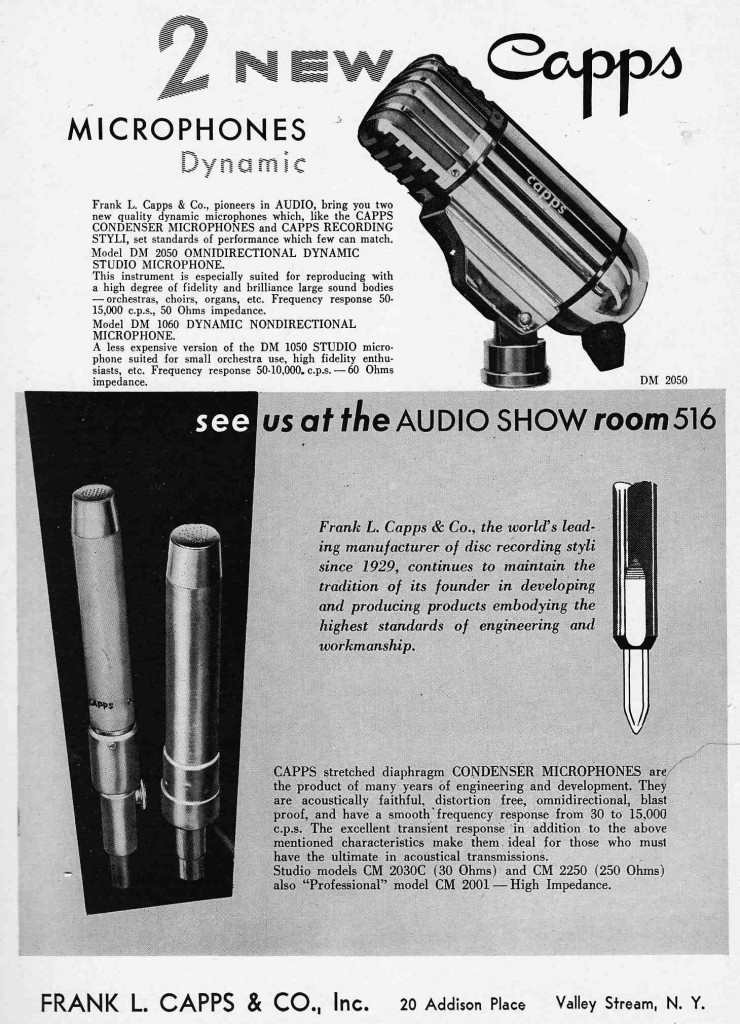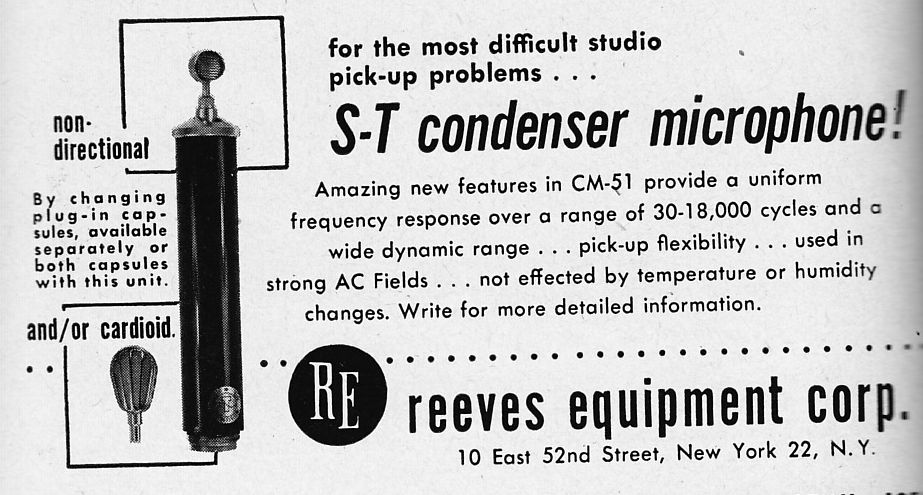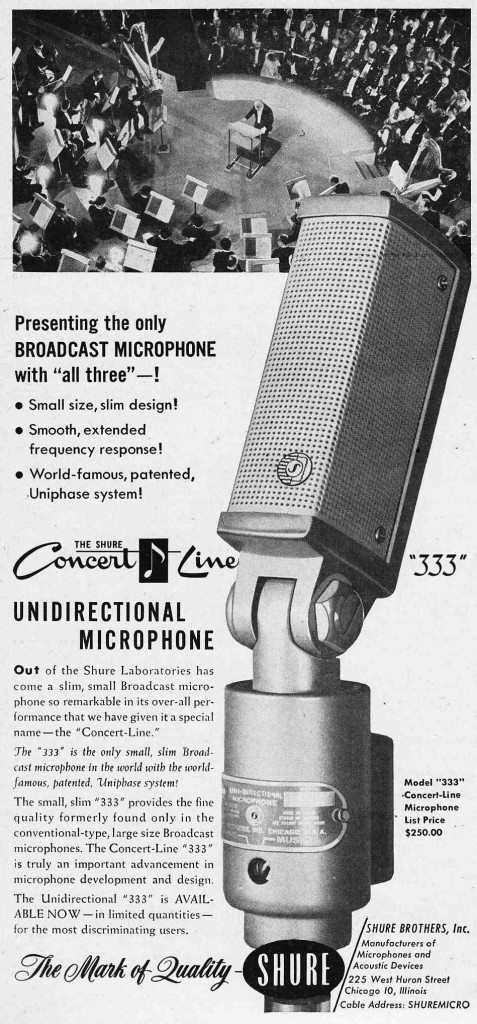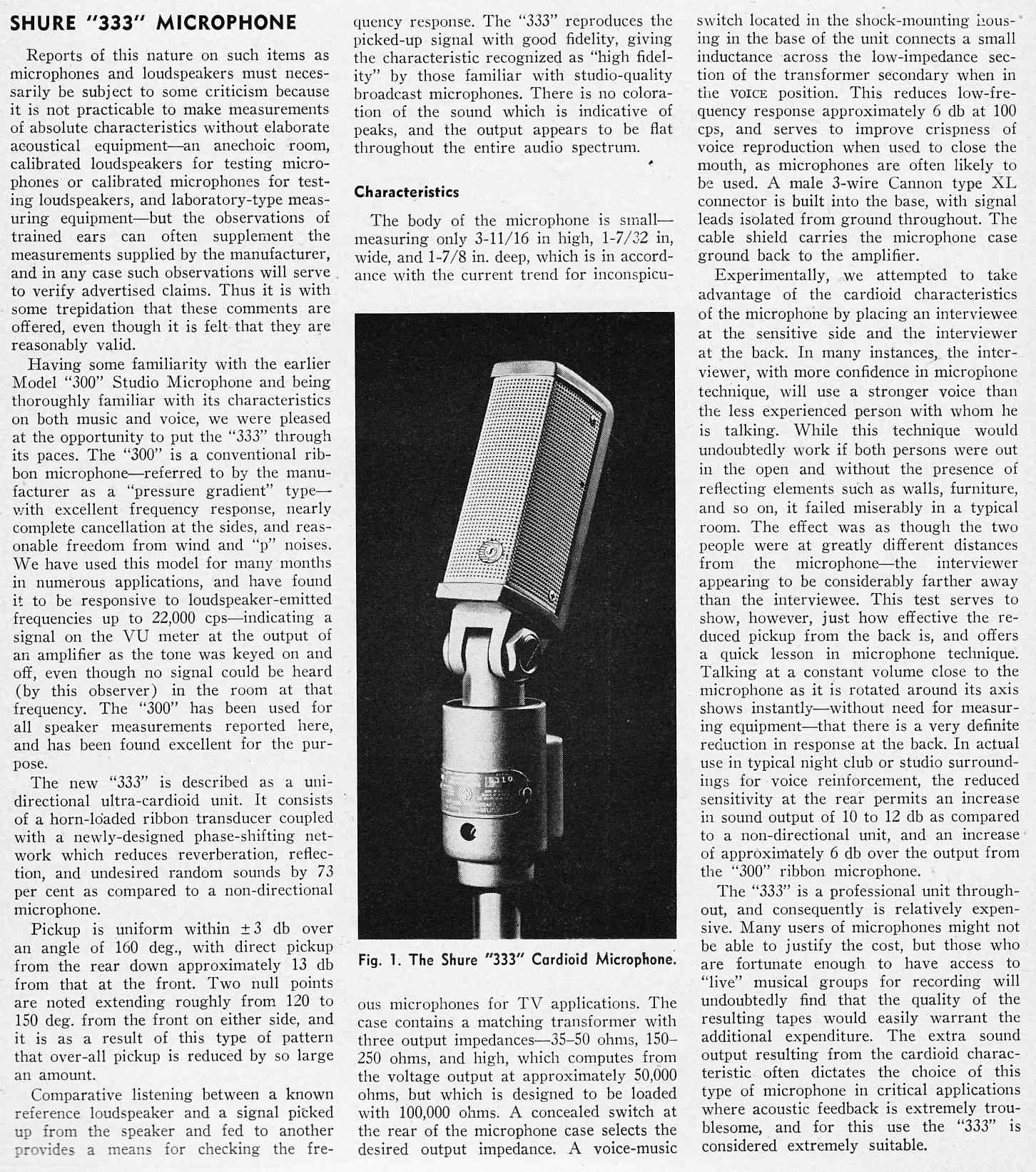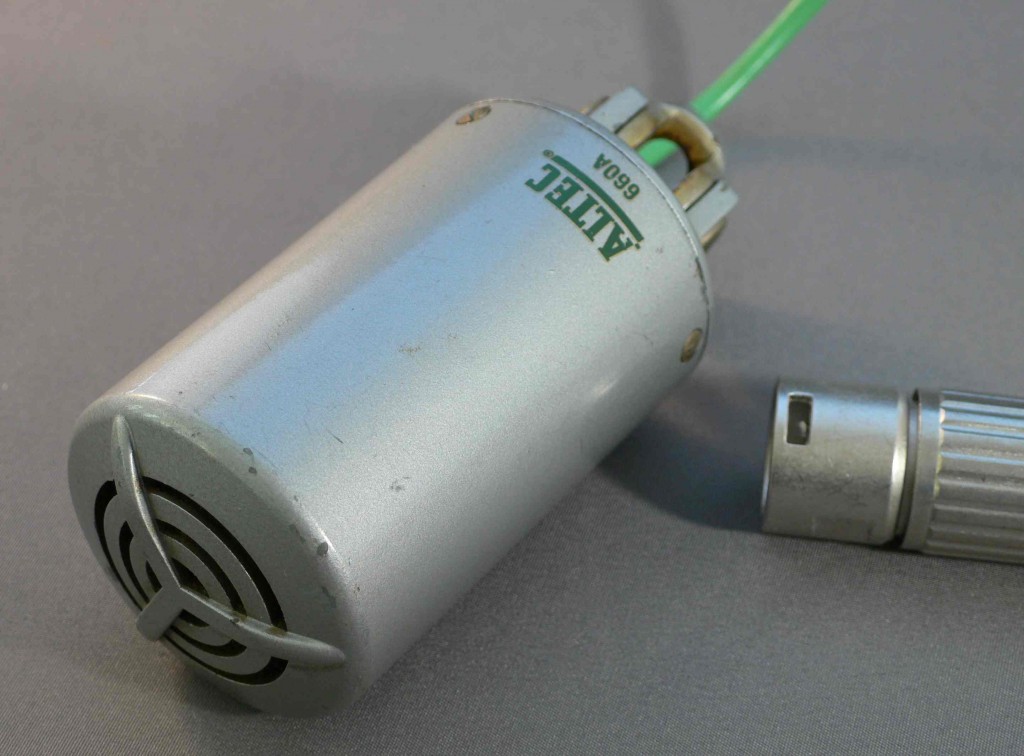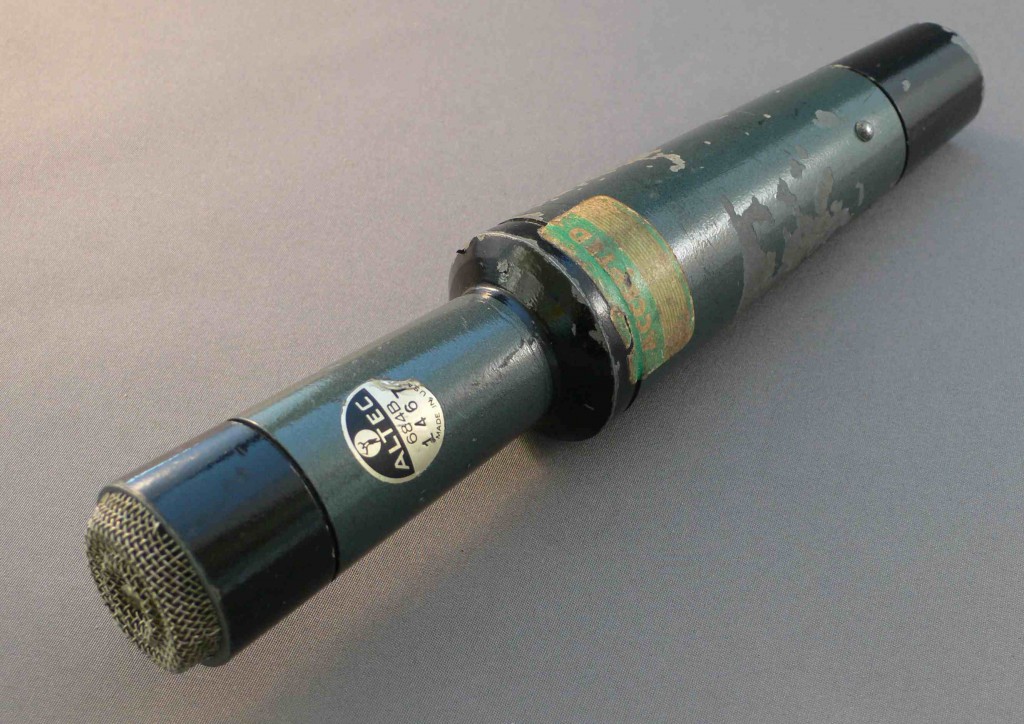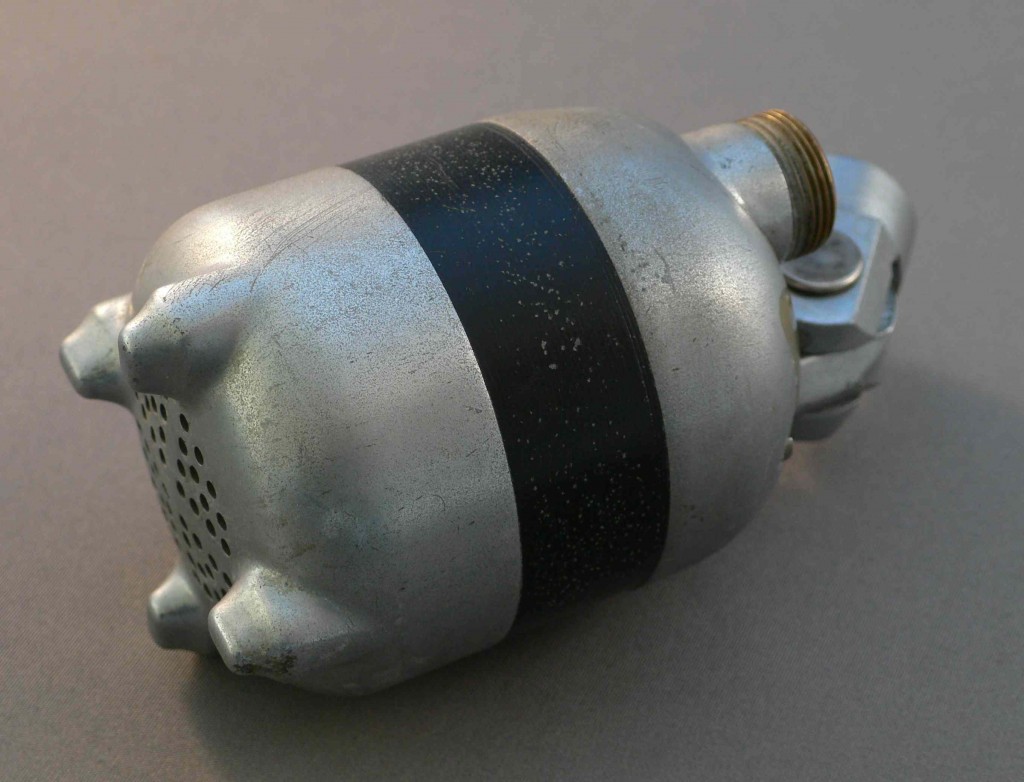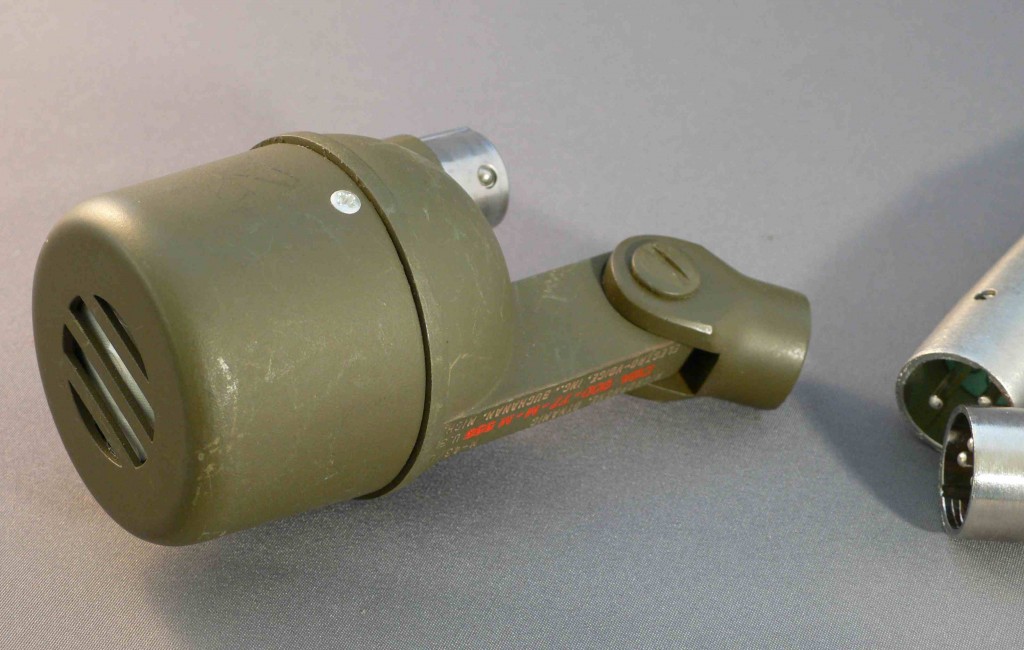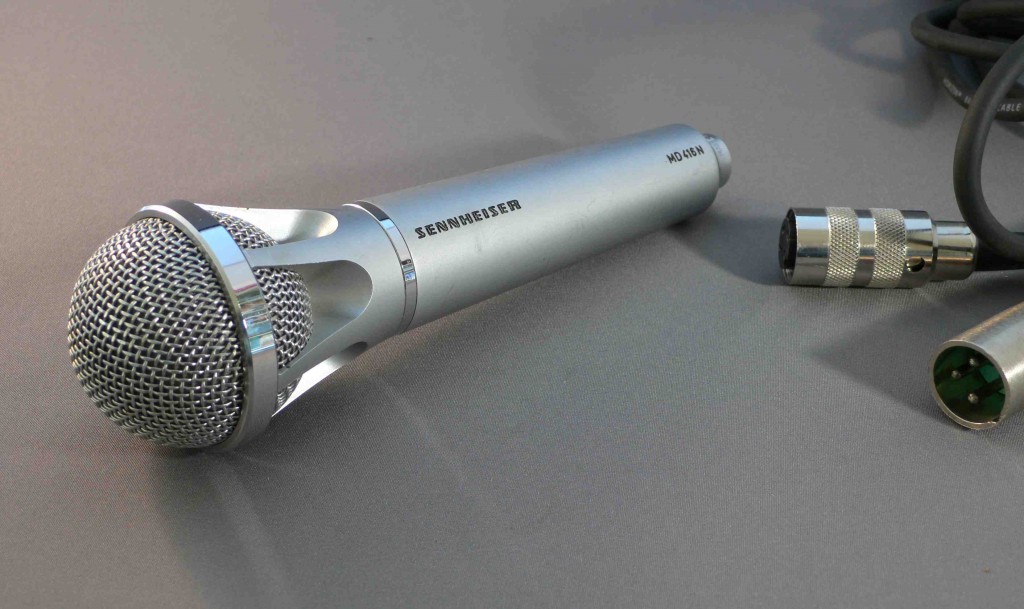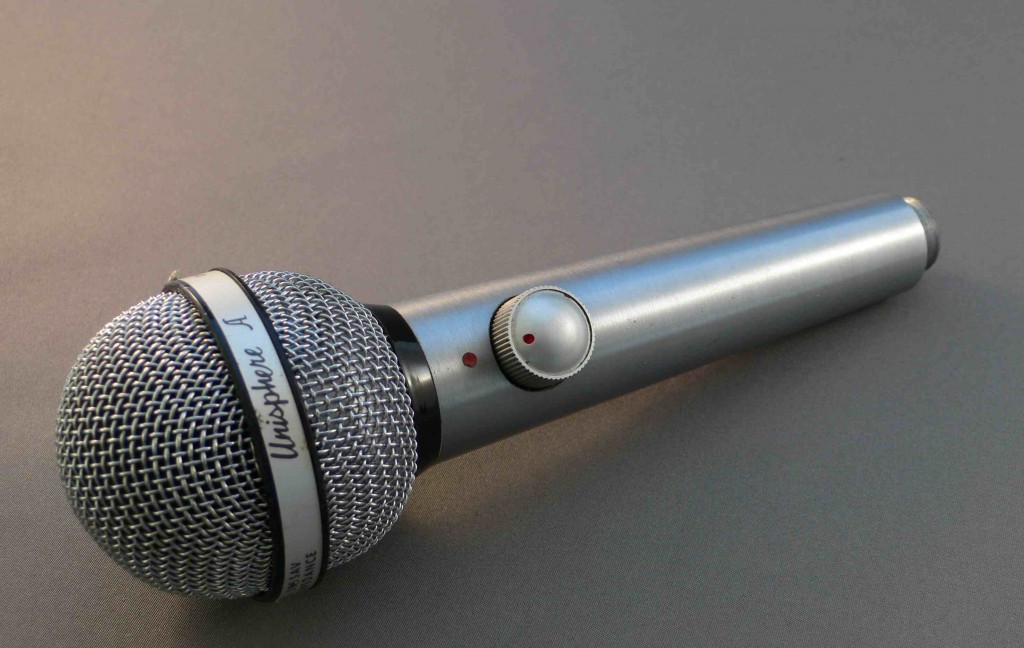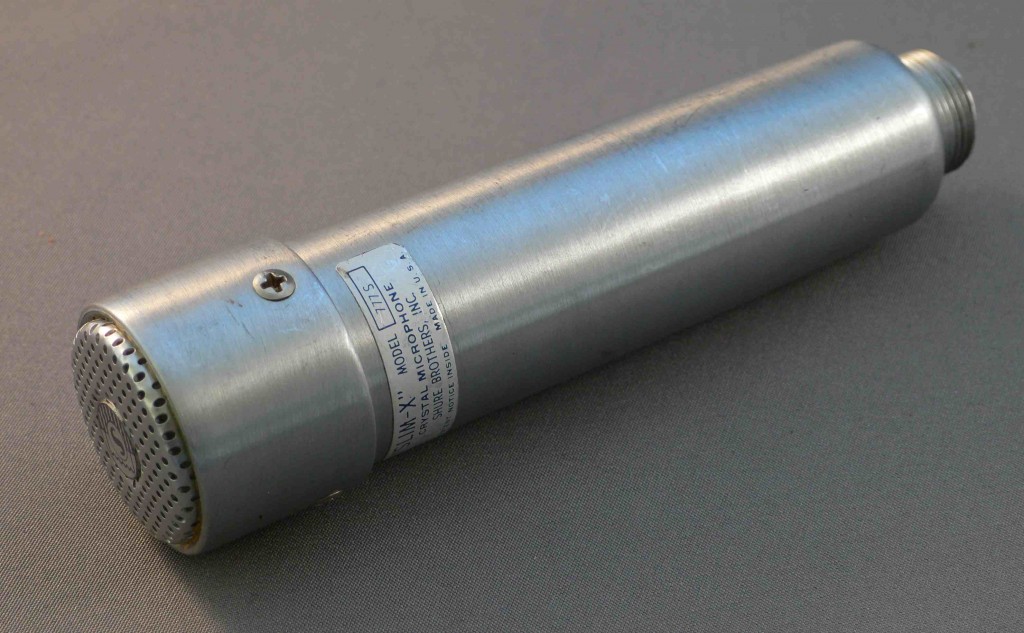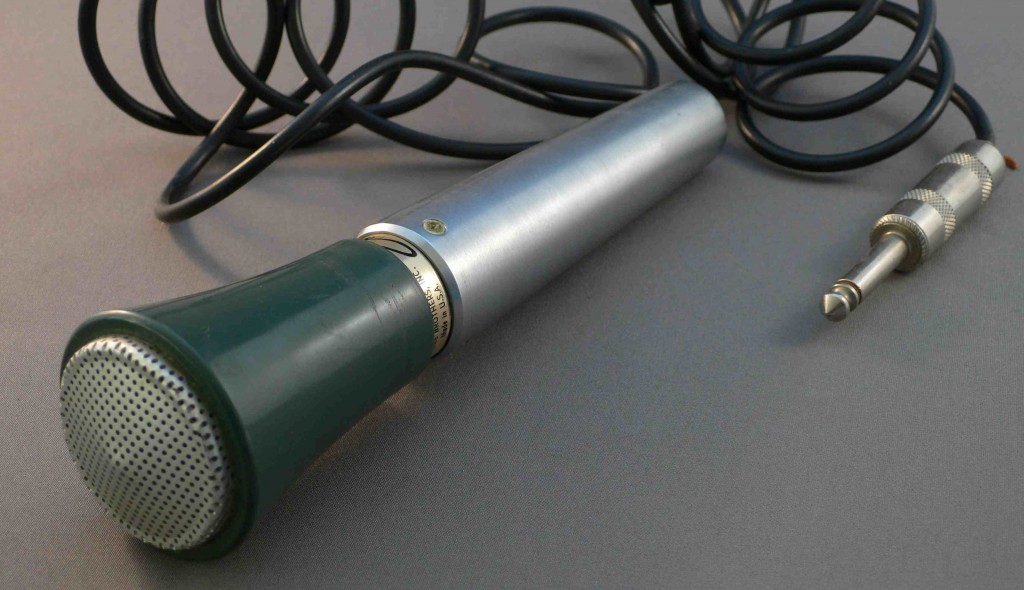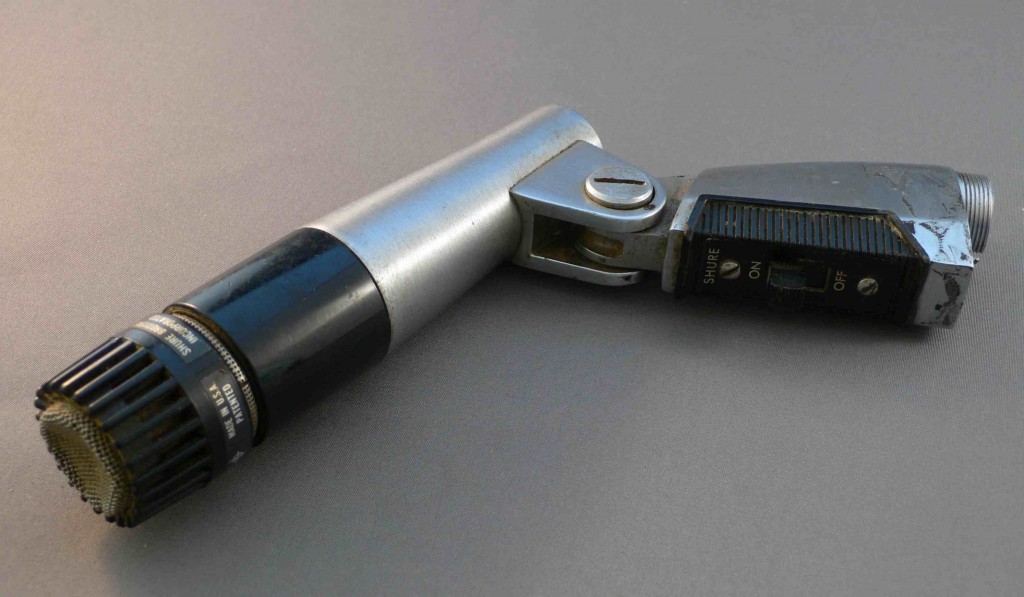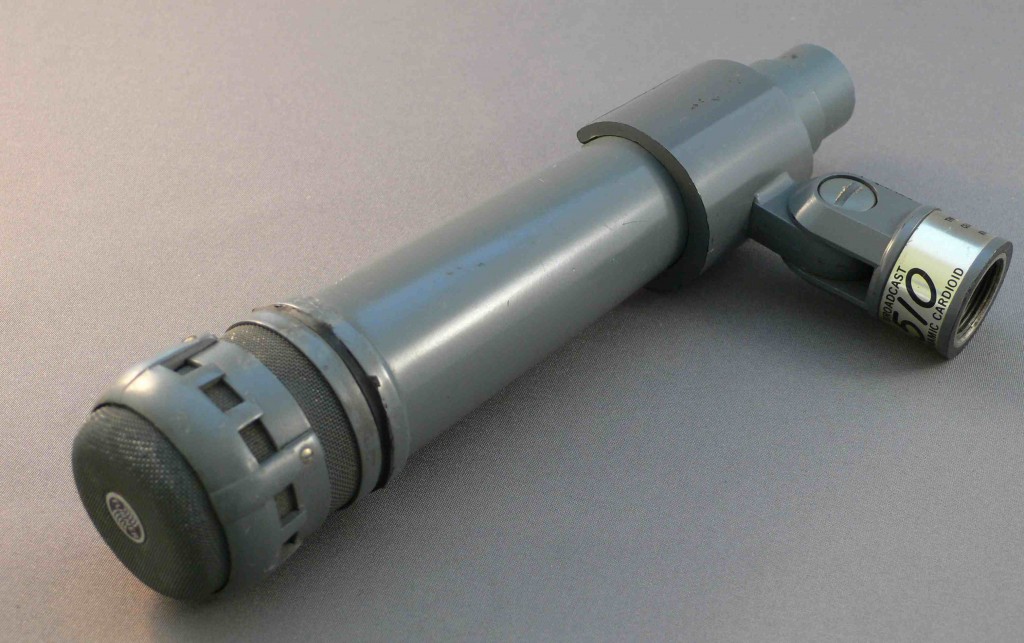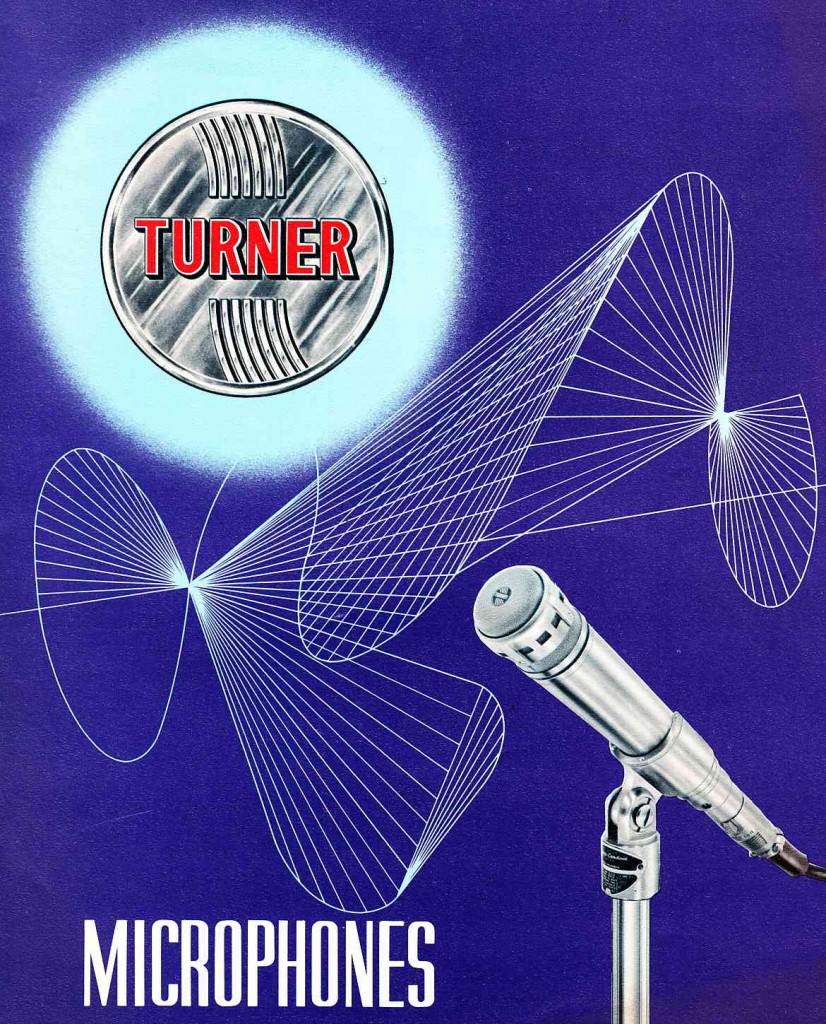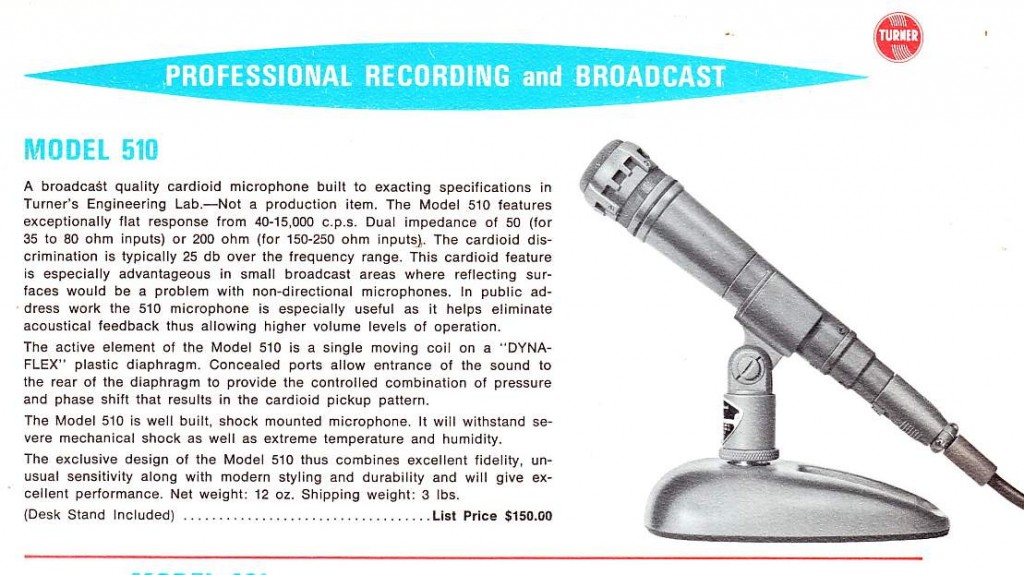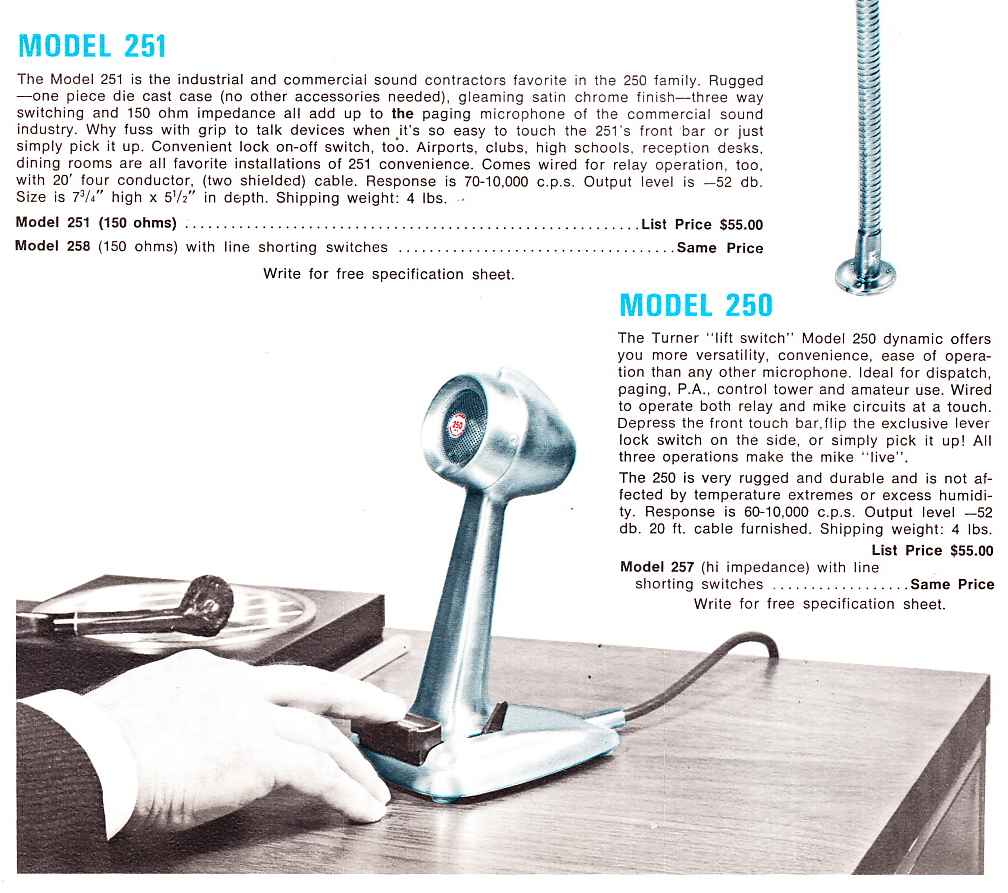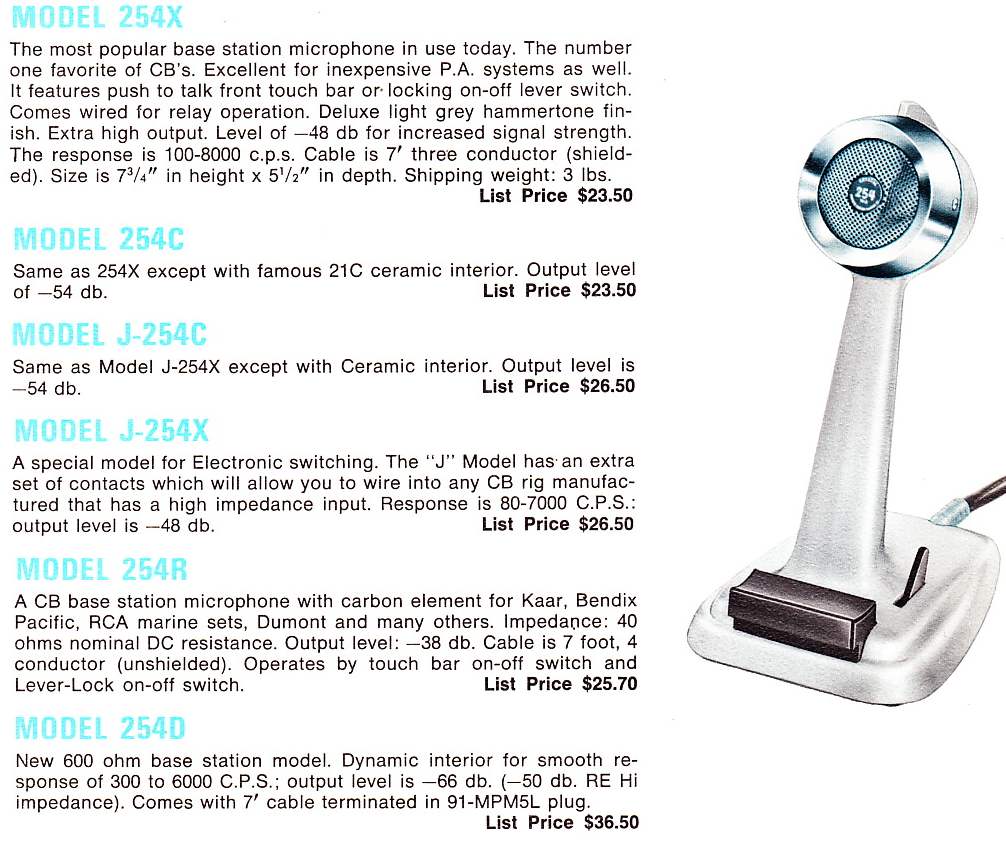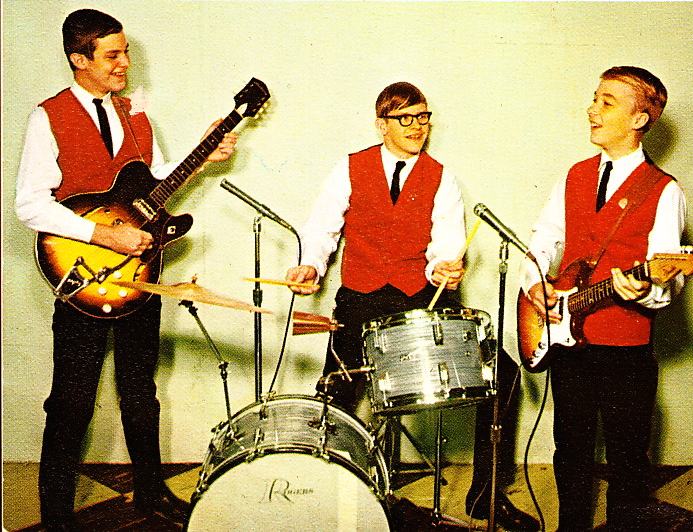Download the complete 23pp 1970 Turner Microphones Catalog (in two parts due to size):
DOWNLOAD PART ONE: Turner_1970_catalog1
DOWNLOAD PART TWO: Turner_1970_catalog2
Models covered, with text, specs, and photos, include: Turner 500, S-500, 505, FM500, and 777 microphones; Turner 600, 600, 701, 2203, 35, 35A, 2300, Balladier 866, 766, 566, and 2266 mics; Turner Model 360, J-360, 350C, 355C, SR90D-5, SR90D-6, SR90R, M+2/U, JM+2/U, +350, and J+350 push-to-talk communications mics; Turner 254X, 254C, 454X, 454C, 754C, Model +3, Model +2, model 750, 751, 758, 250, 251, 252, 253, 258, and +50 ‘base station’ tabletop mics; Turner model 2800, 2804, 2811, 2812, 2813, 2814, S2850, 2852, 304C, 300C, 304X, and 30002 ‘tape recorder’ (IE, economy) microphones; Turner SR585D, 585m SR70D, 58, 58A, S58, 33D, S33D, P-9D, 35614, and 36004 ‘general purpose’ mics; and a range of accessories including the Turner RA-50 ‘remote amplifier.’
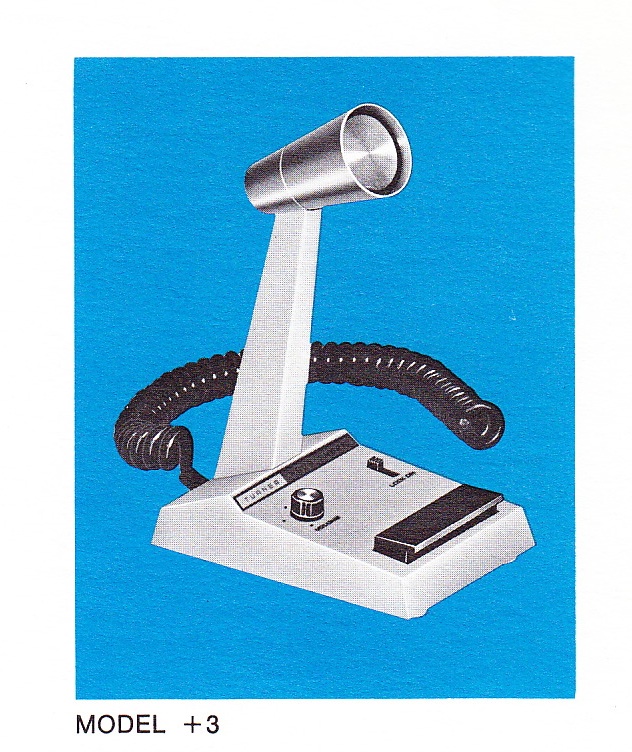 Above, the Turner +3 ‘base station’ mic. The “plus-three” designation, in Turner-speak, indicates a battery-powered, self-amplified microphone that also has a built-in compression circuit. Although the +3 is the only mic in the 1970 catalog that has this feature, it would become available on some of their smaller hand-held communications mics in a couple of years. I recently purchased a new-in-the-box M+3/U that I am excited to try out; the only problem is that it uses some sort of since-banned mercury-cell battery. So I need to implement a work-around there. Could make an interesting ‘secret weapon’ ‘set-to-incinerate’ room mic. Sorta like an ancient mic-plus-level-loc all-in-one.
Above, the Turner +3 ‘base station’ mic. The “plus-three” designation, in Turner-speak, indicates a battery-powered, self-amplified microphone that also has a built-in compression circuit. Although the +3 is the only mic in the 1970 catalog that has this feature, it would become available on some of their smaller hand-held communications mics in a couple of years. I recently purchased a new-in-the-box M+3/U that I am excited to try out; the only problem is that it uses some sort of since-banned mercury-cell battery. So I need to implement a work-around there. Could make an interesting ‘secret weapon’ ‘set-to-incinerate’ room mic. Sorta like an ancient mic-plus-level-loc all-in-one.
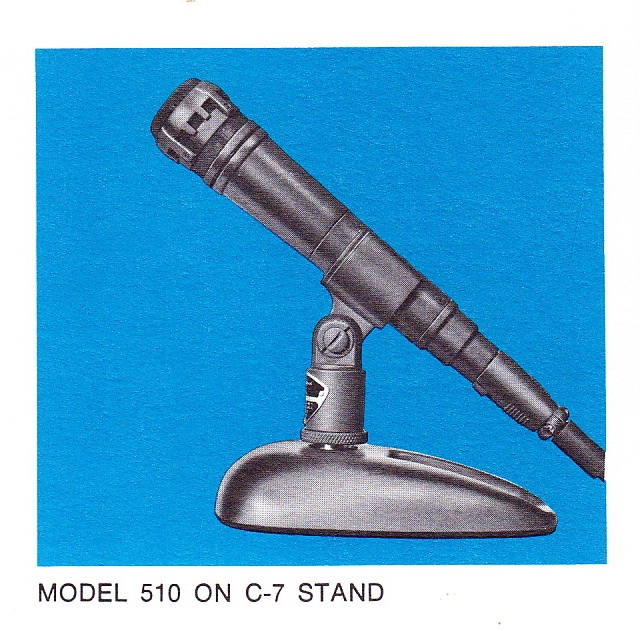 Above, the Turner 510, one of our favorite snare drum mics at Gold Coast Recorders. The 510 was, AFAIK, the most high-fidelity mic that Turner ever made.
Above, the Turner 510, one of our favorite snare drum mics at Gold Coast Recorders. The 510 was, AFAIK, the most high-fidelity mic that Turner ever made.
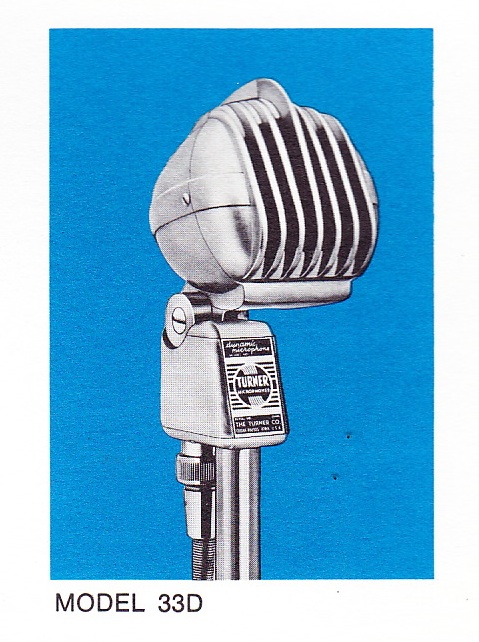 Above, the classic Turner 33D, perhaps the most visually-iconic of their lineup. How long was thing thing in production? At least forty years. Seems like an impossibly long time, until you consider how long Shure has been making 545s, and how long Sennheiser has been making 421s… both of those designs are past the 45-year-old mark at this point…
Above, the classic Turner 33D, perhaps the most visually-iconic of their lineup. How long was thing thing in production? At least forty years. Seems like an impossibly long time, until you consider how long Shure has been making 545s, and how long Sennheiser has been making 421s… both of those designs are past the 45-year-old mark at this point…
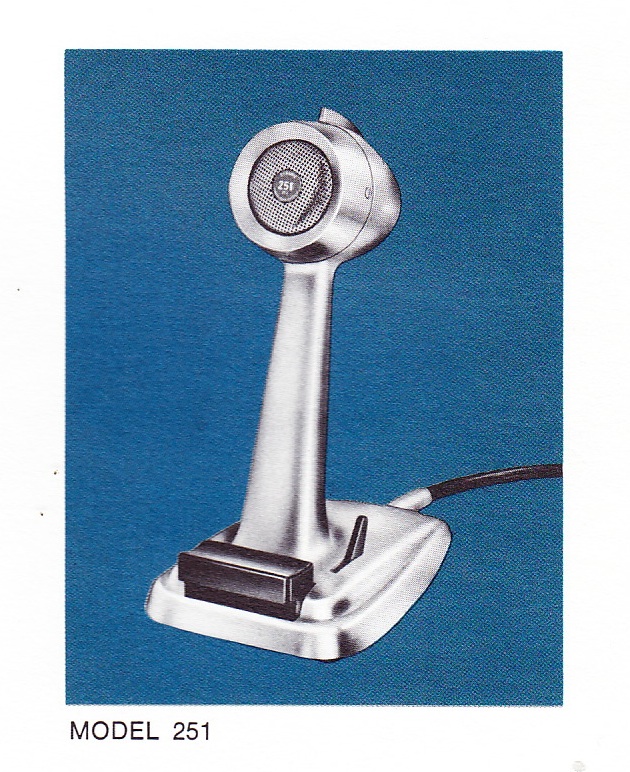 …and the Turner 251. The 250 series was also very long-running at Turner; 251s can have a really cool sound for that ‘rock’ vocal thing; instant ‘bad-p.a.’ punk sound, but quiet and reliable. I seem to find one or two of these per year; there are a ton out there for very little bread…
…and the Turner 251. The 250 series was also very long-running at Turner; 251s can have a really cool sound for that ‘rock’ vocal thing; instant ‘bad-p.a.’ punk sound, but quiet and reliable. I seem to find one or two of these per year; there are a ton out there for very little bread…
See here for previous Turner Microphone coverage and catalogs at ps dot com.
